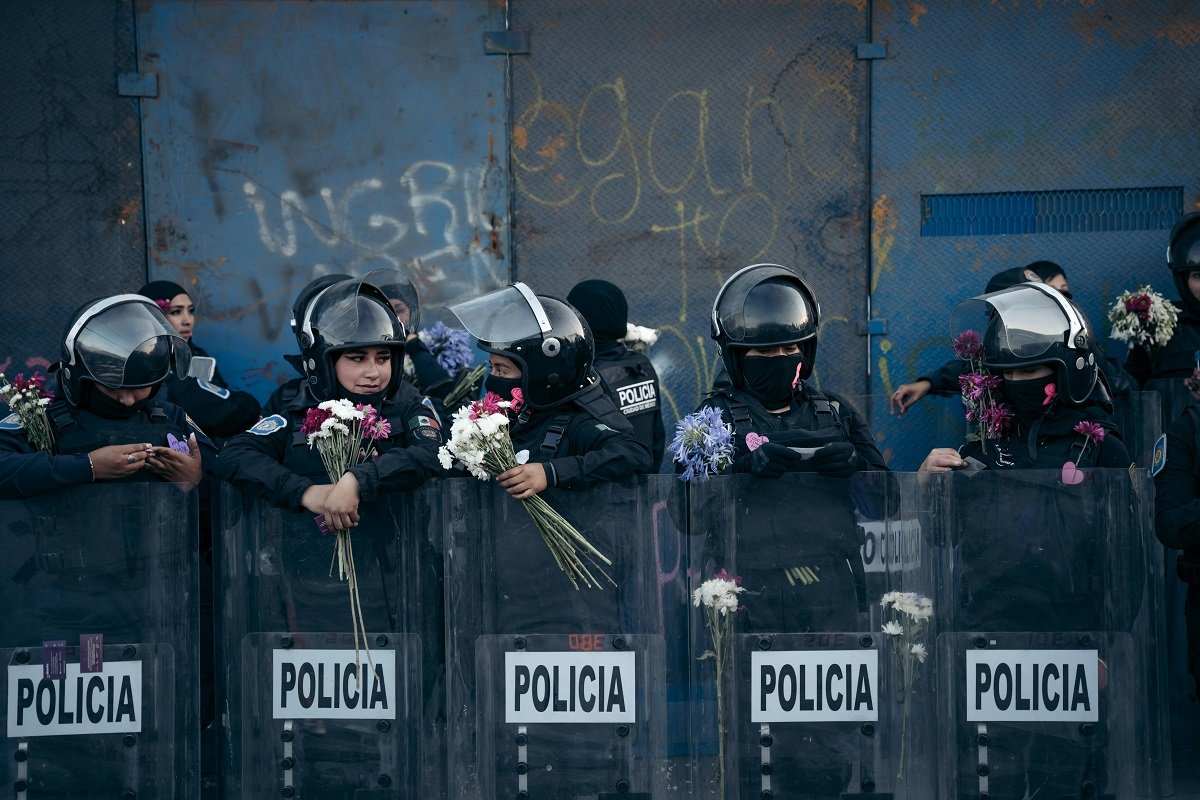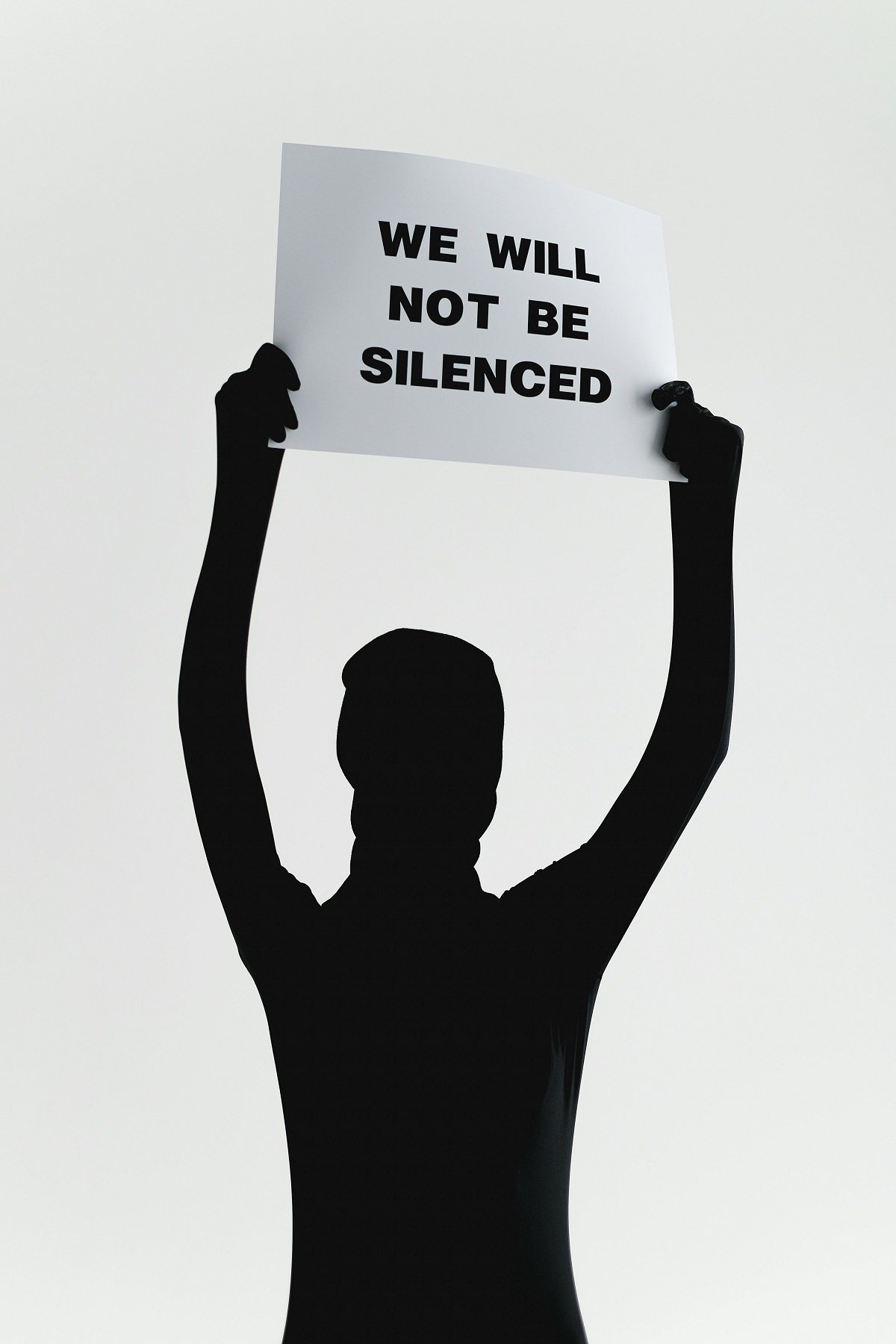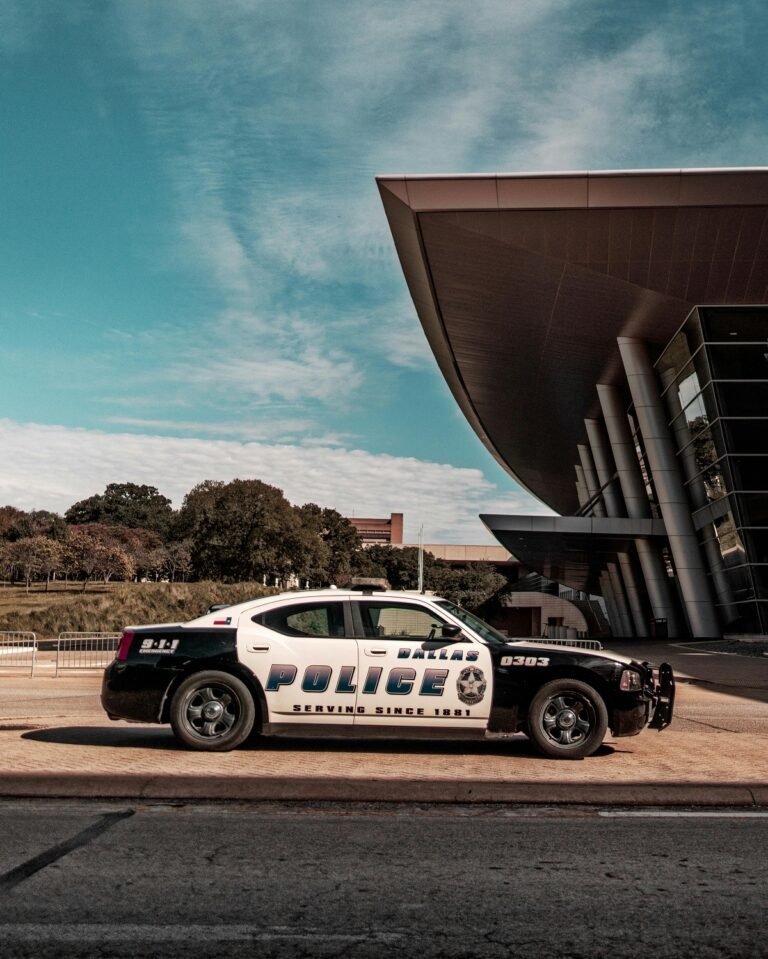
In the United States, the right to protest is a cornerstone of democracy, intricately protected and deeply rooted in the Constitution. The First Amendment of the US Constitution guarantees that “Congress shall make no law…abridging the freedom of speech or the right of the people peaceably to assemble, and to petition the Government for a redress of grievances.
This clause is the foundational legal provision upon which the federal government bases its protections for protest rights. Yet, the practical application of this constitutional guarantee involves a complex balance between individual freedoms and public order. Federal law does not grant unlimited freedom to protest; rather, it provides structured protections within the framework of laws governing time, place, and manner. For example, protests cannot block traffic without a permit, incite violence, or endanger public safety.
The Supreme Court has consistently upheld the principle that the government may impose certain restrictions on protests, provided these restrictions are content-neutral, narrowly tailored, serve a significant governmental interest, and leave open ample alternative channels of communication. In this context, understanding what federal law explicitly allows and restricts is crucial for citizens who wish to express their views through peaceful demonstration.
The First Amendment

At the heart of protest rights is the First Amendment, which encompasses freedoms of speech, assembly, and petition. These rights together form the constitutional bedrock upon which the legality of protests is built. The government is prohibited from engaging in prior restraint that is, preventing protestors from expressing themselves in advance of any action. Additionally, content-based restrictions laws that discriminate against speech based on its message are highly suspect under constitutional scrutiny.
The courts have made it clear that even unpopular, offensive, or inflammatory speech is generally protected under the First Amendment, provided it does not cross the line into incitement or violence. For instance, in the landmark 1969 case Brandenburg v. Ohio, the Supreme Court ruled that speech advocating for illegal conduct is protected unless it is “directed to inciting or producing imminent lawless action and is likely to incite or produce such action.” This precedent has played a critical role in shielding protesters from punitive government action based solely on the content of their message.
Federal Restrictions
Despite robust constitutional protections, federal and local governments may impose certain restrictions on the time, place, and manner of protests. These restrictions are not aimed at silencing speech but at maintaining public safety and order. For example, cities can require permits for large demonstrations, especially those that involve marches or the use of amplified sound. However, such requirements must be applied fairly and cannot be used as a pretext to discriminate against specific viewpoints.
The Supreme Court has consistently affirmed the legality of these kinds of regulations in cases such as Ward v. Rock Against Racism (1989), which upheld New York City’s requirement for the use of city-provided sound equipment in a public park to control noise levels. Importantly, time, place, and manner restrictions must be content-neutral, meaning the government cannot favor one message over another. Courts evaluate whether the regulation is narrowly tailored to serve a significant government interest and whether it allows for alternative ways for protestors to express themselves.
Protests on Federal Property
Protesting on federal property introduces additional legal considerations. While public spaces such as sidewalks, parks, and plazas are considered traditional public forums where protest rights are strongly protected, other federal spaces may have limitations. For instance, federal courthouses and military bases are not generally open to public demonstrations. In such non-public forums, the government has broader authority to regulate expression, provided the rules are reasonable and not designed to suppress dissent.
The General Services Administration (GSA), which oversees many federal buildings, issues regulations regarding demonstrations on federal property. Protesters may be required to obtain permits, observe specific rules about where they may assemble, and adhere to conduct standards that prohibit disrupting federal operations. Even within public forums, security concerns may justify heightened restrictions, especially in the wake of violent incidents or threats.
The Role of Federal Agencies
Various federal agencies have roles to play when it comes to protest activity, particularly when demonstrations take place on federal property or involve federal interests. The Department of Homeland Security (DHS), for example, has jurisdiction over protest security near federal buildings and monuments, and it may coordinate with local law enforcement to manage large gatherings.
The US Park Police, a unit of the National Park Service, frequently handles protests near the National Mall and other iconic locations in Washington, D.C When protests turn violent or escalate into unlawful activity, agencies such as the Federal Bureau of Investigation (FBI) may become involved, particularly if there is a threat to national security or allegations of interstate criminal conduct. However, the involvement of federal law enforcement must always adhere to constitutional protections, and federal courts have consistently emphasized that surveillance or suppression of peaceful protest activity without cause violates constitutional rights.
Protected vs Unprotected Speech in Protests
Not all speech in a protest context is constitutionally protected. Federal law draws clear lines around certain categories of unprotected speech, including true threats, incitement to imminent lawless action, and speech that constitutes harassment or defamation. For instance, threats of violence against specific individuals, incitement to riot, or speech that is intended to provoke physical conflict may be subject to criminal penalties. Additionally, protestors cannot engage in trespassing, vandalism, or obstruct critical infrastructure under the guise of free expression. In practice, this means that while one has the right to protest outside a government building, entering the building unlawfully or destroying property during the demonstration can lead to arrest and prosecution.
The events of January 6, 2021, at the US Capitol have become a focal point in discussions of where the legal boundaries lie. Federal prosecutors have brought charges ranging from trespassing and obstruction to seditious conspiracy, showing how peaceful protest transitions into criminal conduct when certain lines are crossed.
Law Enforcement and Use of Force
The question of how federal law enforcement handles protests, particularly the use of force, has gained renewed attention in recent years. Federal guidelines emphasize that law enforcement must balance the need to maintain order with the obligation to respect First Amendment rights. The use of force whether crowd control tactics, rubber bullets, or tear gas—must be proportionate, justified, and used only when necessary. However, there have been numerous documented instances where excessive force has allegedly been used against peaceful protestors, leading to lawsuits and public outcry.
In response, some federal agencies have revised their protest response protocols and emphasized de-escalation strategies. The Department of Justice has issued guidelines urging federal officers to receive regular training on constitutional protest rights and to distinguish between unlawful conduct and lawful expression. These developments highlight the tension between protest policing and civil liberties, and underscore the ongoing need for transparency and accountability in law enforcement practices.
Federal Legislation Affecting Protest Rights
While the Constitution provides the primary protection for protest rights, Congress has passed laws that can both protect and limit these rights in specific contexts. The Civil Rights Act of 1964, for instance, protects individuals from discrimination when exercising their First Amendment rights, including during protests.
Conversely, laws such as the Patriot Act and the Anti-Riot Act have been criticized for potentially chilling legitimate protest activity. The Anti-Riot Act, which makes it a federal crime to cross state lines to incite or participate in a riot, was passed in 1968 and has been used sparingly, but controversially.
Critics argue that such laws can be overly broad and may be used to target dissenters under the guise of maintaining order. Federal courts continue to weigh in on these legal tensions, shaping the boundaries of permissible protest activity through their interpretations.


